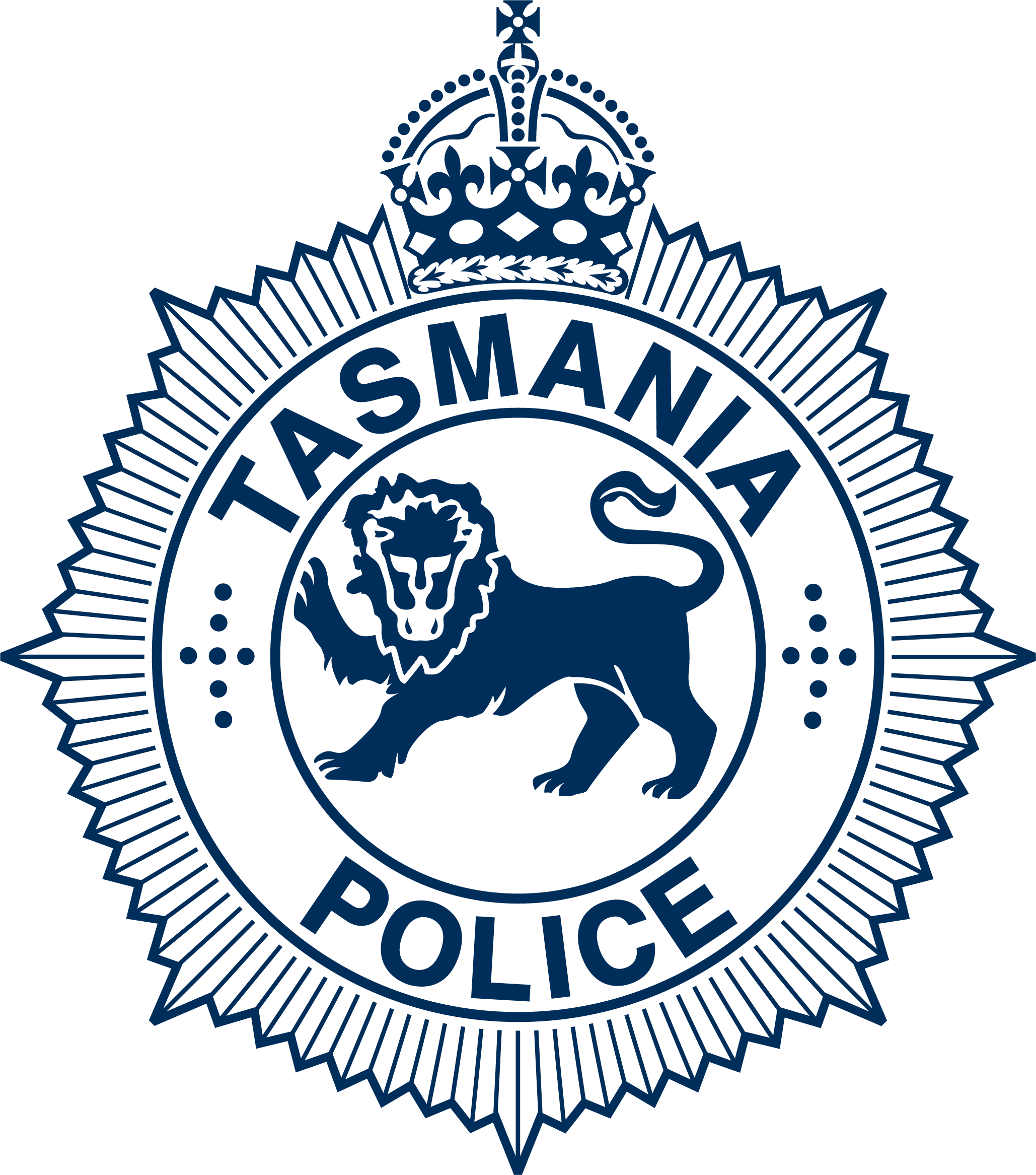Tasmania Police’s strategic priorities focus on three main areas: our community, our people, and our business. The community is the highest priority, with enhanced emergency management contributing to community resilience through effective emergency security and management.
The Emergency Management and Special Response Command (EMSR) coordinates emergency management arrangements in Tasmania Police and counter-terrorism arrangements on behalf of the Tasmanian Government. This also includes direct participation and support in a range of forums and committees, such as the State Emergency Management Committee (SEMC), and the Australia-New Zealand Counter-Terrorism Committee (ANZCTC) and their respective sub-groups and activities.
The EMSR provides subject matter expertise and advice and maintains a nationally aligned approach to counter-terrorism activities and capabilities in Tasmania Police.
The EMSR is responsible for:
- Coordinating Tasmania Police emergency management and counter-terrorism prevention, preparedness, response and recovery arrangements. This includes countering violent extremism intervention programs and fixated threats to High-Office Holders.
- Providing expert strategic and operational advice on emergency management and counter-terrorism policy and legislation to Tasmania Police, the Tasmanian Government and partner agencies.
- Liaising with businesses, and other states and territories, including the Commonwealth on counter-terrorism issues and activities.
- Maintaining Tasmania Police specialist counter-terrorism capabilities for the operational response to an incident, including managing a nationally consistent counter-terrorism exercise regime.
Emergency Management in Tasmania Police
Tasmania Police had defined roles and responsibilities in Tasmania’s Emergency Management Arrangements (the TEMA) under all-hazards. EMSR coordinates Tasmania Police activities under the TEMA and supports Tasmania Police participation in the SEMC, its sub-groups and related activities.
Further information on Tasmania’s emergency management arrangements is on the State Emergency Services website.
National Approach to Counter-Terrorism
Tasmania is part of a national approach to counter-terrorism through the Australia-New Zealand Counter-Terrorism Committee (ANZCTC). The ANZCTC is comprised of representatives from the Australian Government, Australian state and territory governments and the New Zealand Government and aims to coordinate and cooperate on counter-terrorism matters. The ANZCTC contributes to the security of Australia and New Zealand by:
- maintaining the National Counter-Terrorism Strategy, plan and guidance material
- providing strategic and policy advice to heads of government and relevant ministers
- coordinating an effective nation-wide counter-terrorism capability
- maintaining intelligence and information sharing arrangements
- providing advice on the administration of the special fund to maintain and develop the nation-wide CT capability.
EMSR supports Tasmanian ANZCTC representatives, coordinates and administers ANZCTC associated activities within Tasmania.
Further information on the ANZCTC is available on the national security website.
The National Counter-Terrorism Strategy
A Safer Australia: Australia’s Counter-Terrorism and Violent Extremism Strategy 2025 (the Strategy) provides information to the Australian community on the terrorist threat we face and what is being done to counter it.
Further information on the Strategy is available on the national security website.
 The National Terrorism Threat Advisory System
The National Terrorism Threat Advisory System
 The National Terrorism Threat Advisory System
The National Terrorism Threat Advisory SystemThe National Terrorism Threat Advisory System informs the public about the likelihood of an act of terrorism occurring in Australia. It includes five National Terrorism Threat Levels:

Further information on the National Terrorism Threat Advisory System, the National Terrorism Threat Advisory Level and the Australian Security Environment is available on the national security website.
Advice to the Tasmanian Community
Tasmanians can be reassured that Tasmania Police, as the lead agency for counter-terrorism preparedness and response in this State, is well prepared to respond to terrorist threats.
Together with other emergency response agencies, Tasmania Police is equipped with a range of specialist response capabilities and participates in regular training activities and exercises. Tasmania is represented on the Australia-New Zealand Counter-Terrorism Committee (ANZCTC).
Further information and advice for the community is available on TasALERT.
Advice to Business Owners and Operators
Tasmania Police is responsible for providing specific information to owners and operators of crowded places on the local threat context to help owners and operators develop protective security measures. Police may also provide protective security guidance in some instances.
All communities and individuals have a responsibility to help detect and prevent possible terrorist attacks in crowded places. Everyone working in or using a crowded place should be aware of their surroundings and report suspicious or unusual behaviour to authorities.
Further information on protecting your business can be found on the national security website.
Countering Violent Extremism and Fixated Threats
The EMSR is responsible for CVE intervention programs and fixated threats against High-Office-Holders as part of the counter-terrorism remit. Tasmania Police is committed to working with other Government agencies, non-Government agencies and support services in identifying those vulnerable of radicalisation to violent extremism and the threat from fixated individuals.
Further information on violent extremism is available on the national Step Together website.
Contact Emergency Management and Special Response Command
For enquiries on emergency management and counter-terrorism in Tasmania Police contact emsr@police.tas.gov.au.
Unusual or suspicious activity should be reported to the Police Assistance Line on 131 444 or the National Security Hotline on 1800 1234 00.
For assistance in a life threatening or time critical emergency call Triple Zero (000).



